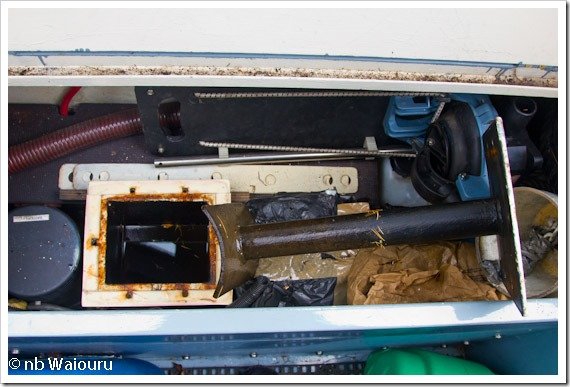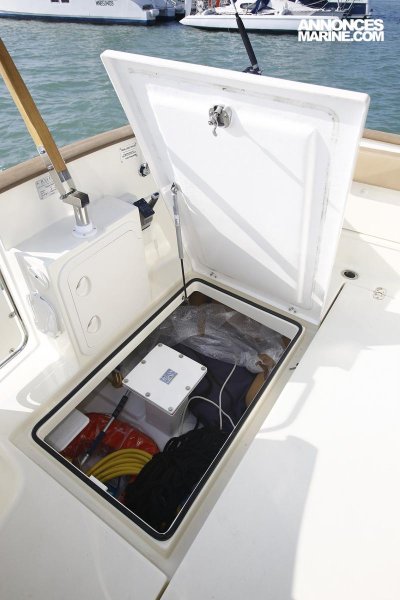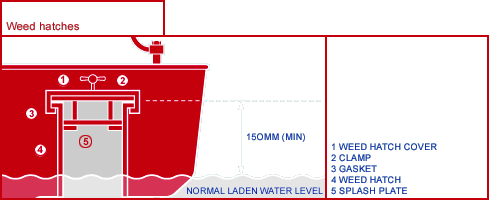balder8
Senior Member
- Joined
- Aug 15, 2018
- Messages
- 127
- Location
- France
- Vessel Name
- BALDER VIII
- Vessel Make
- North Sea Trawler 57' OC
Hi Captains and Admirals,
I wonder why I do not see weed hatch installed on sea going trawlers like the so incredible narrow boats cruising on Canals in UK.
The system gives oppotunity to clean the propeller when foulded or engaged with debris from inside the lazaret, cockpit or locker.
Of course, there is a lot of litterature about danger of this kind of equipment if seals damaged or badly fitted.
But if you consider more than 6 to 10' above seawater level and serious welding work ( I mean for a steel hull), it would be a great benefit.
When I sailed near Gibraltar on the way to Canary Islands, I have been stucked in nets from morocco fishermen. The boat stopped, it was at night with a serious swell, we spent a coupel of hours to cut this bloody net and fortunately I have not been obliged to swim under the hull,which should have been really too much dangerous.
One engine matters and more if the get home is on the same shaft like on my trawler ( Keypower get-home drive). As well, a small wing engine can also be out of order if the shaft and propeller close from the main shaft and propeller is foulded.
Some large service boats or life boats should have been equiped with weedhatch...
Below a drawing and a picture of a small fishing boat with a weed hatch ( french boatyard Rhea).
I wonder why I do not see weed hatch installed on sea going trawlers like the so incredible narrow boats cruising on Canals in UK.
The system gives oppotunity to clean the propeller when foulded or engaged with debris from inside the lazaret, cockpit or locker.
Of course, there is a lot of litterature about danger of this kind of equipment if seals damaged or badly fitted.
But if you consider more than 6 to 10' above seawater level and serious welding work ( I mean for a steel hull), it would be a great benefit.
When I sailed near Gibraltar on the way to Canary Islands, I have been stucked in nets from morocco fishermen. The boat stopped, it was at night with a serious swell, we spent a coupel of hours to cut this bloody net and fortunately I have not been obliged to swim under the hull,which should have been really too much dangerous.
One engine matters and more if the get home is on the same shaft like on my trawler ( Keypower get-home drive). As well, a small wing engine can also be out of order if the shaft and propeller close from the main shaft and propeller is foulded.
Some large service boats or life boats should have been equiped with weedhatch...
Below a drawing and a picture of a small fishing boat with a weed hatch ( french boatyard Rhea).



